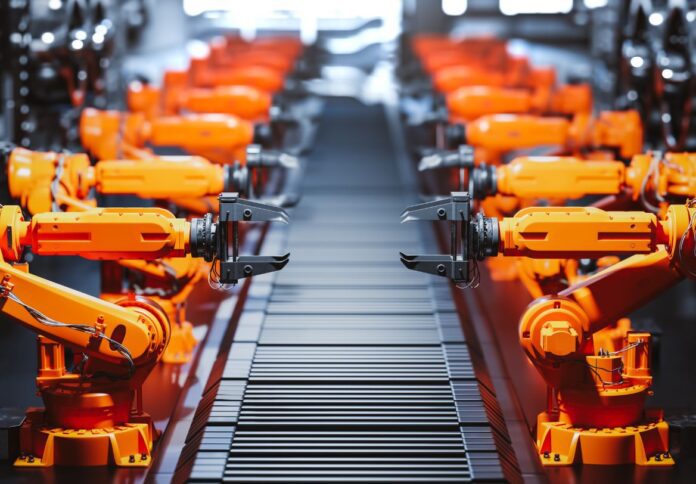
Australia’s manufacturing industry continued to see deteriorating conditions in September amid a sharper decline in new orders, including from abroad.
The Judo Bank Australia Manufacturing Purchasing Manager’s Index (PMI) posted 48.7 in September, down from August’s 49.6. This marks the seventh monthly decline in manufacturing operating conditions.
Warren Hogan, chief economic advisor at Judo Bank, said the underlying trend is consistent with a gradual slowdown in activity across the manufacturing sector.
“The slowdown in manufacturing sector activity in Australia is consistent with a cyclical slowdown in global manufacturing activity, as well as weaker demand for consumer goods in the domestic market and challenging conditions in the construction sector,” Hogan said.
Incoming new orders within the manufacturing sector shrank for the 10th consecutive month in September amid softer market conditions and high interest rates. Foreign demand also declined as key export markets see economic conditions.
“New orders were weak in September, down 1.9 points to the equally lowest reading since the initial pandemic lockdowns of 2020,” Hogan said.
However, Judo Bank’s chief economic advisor noted that the Australian manufacturing sector is experiencing an average cyclical decline “with few signs of a more severe downturn typical of a recession in the broader economy.”
Production levels saw rapid declines in September as manufacturers cleared their backlogs at a faster pace. Purchasing activity was also in contraction amid lower new business and production, which led to reduced pre-production inventory holdings in September.
“Supply chains have normalised in 2023 and continue to be operating in an orderly fashion, in sharp contrast to what we saw in the pandemic years. If anything, the slowdown in manufacturing activity over the past year has seen capacity restored. Suppliers’ delivery times are at what should be considered a normal level while the backlog of work is near the long-run average, in contrast to the massive build-up through the pandemic years,” Hogan said.
Meanwhile, employment levels rose again within the Australian manufacturing sector amid efforts to alleviate labour shortages in the industry, according to panellists.
“The employment index remains in expansionary territory and has shown signs of improvement over the past three months. While activity in the Australian manufacturing sector is undergoing a cyclical downturn, businesses do not appear to be prepared to shelve hiring plans just yet,” Hogan said.
The level of business confidence was slightly lower compared to August and below the long-run average, with concerns revolving around softer demand conditions and increased competition.
However, overall sentiment in the manufacturing industry remained positive as the sector entered the year’s final quarter.




















